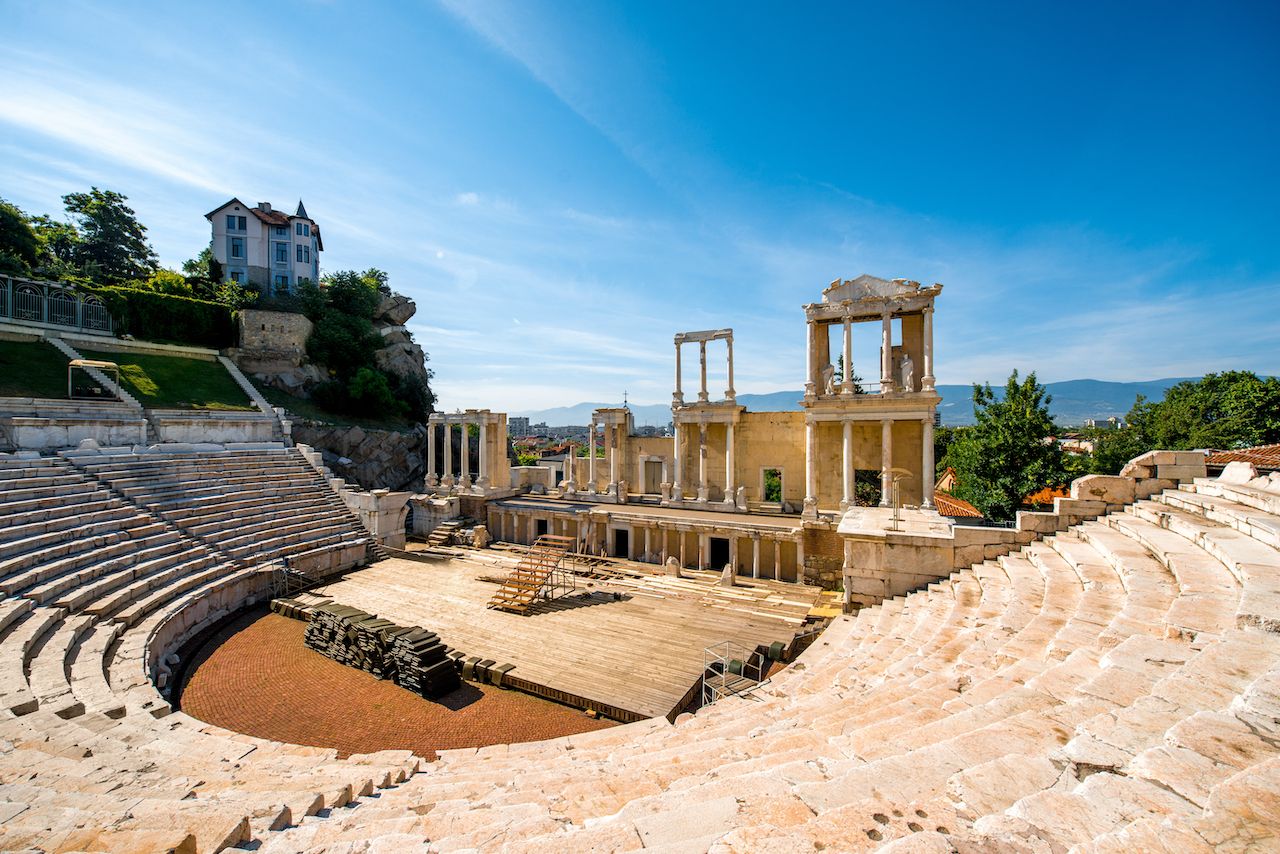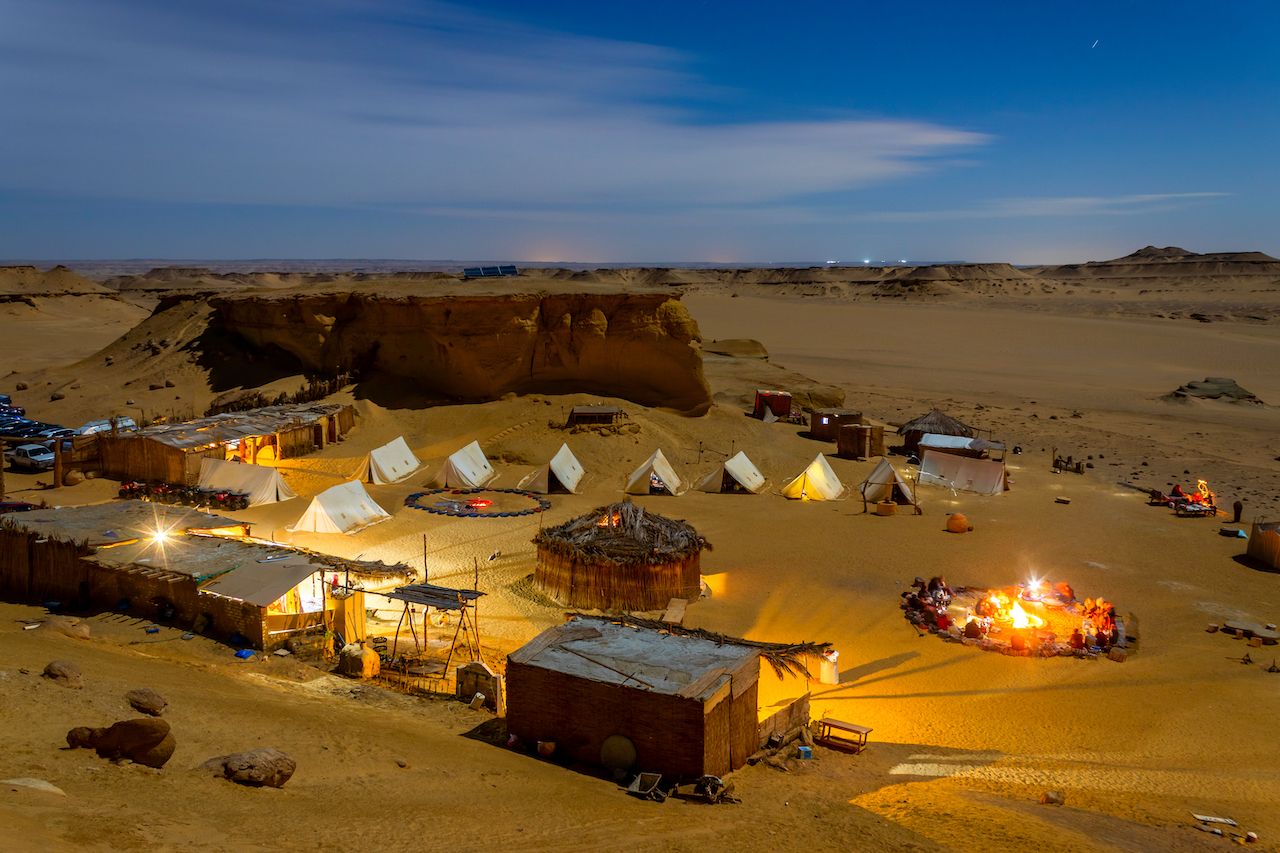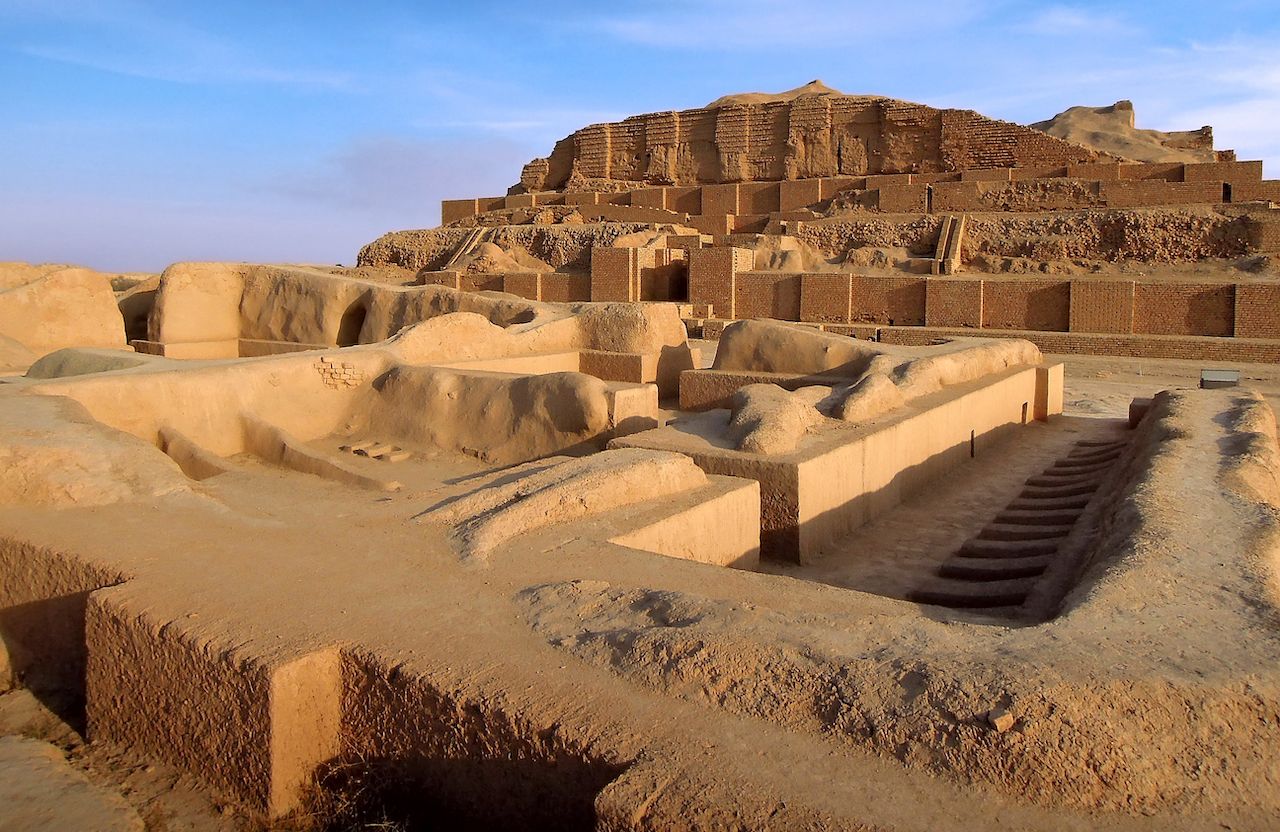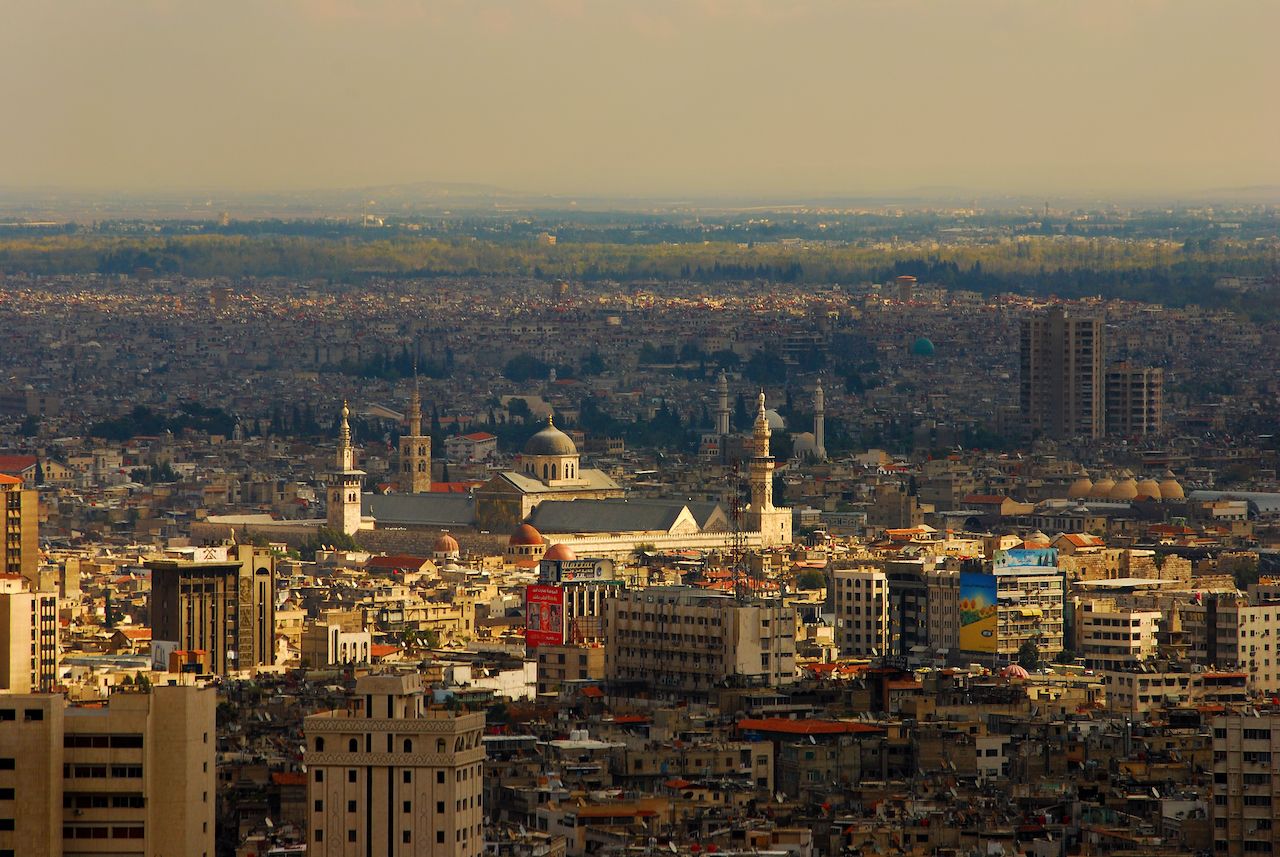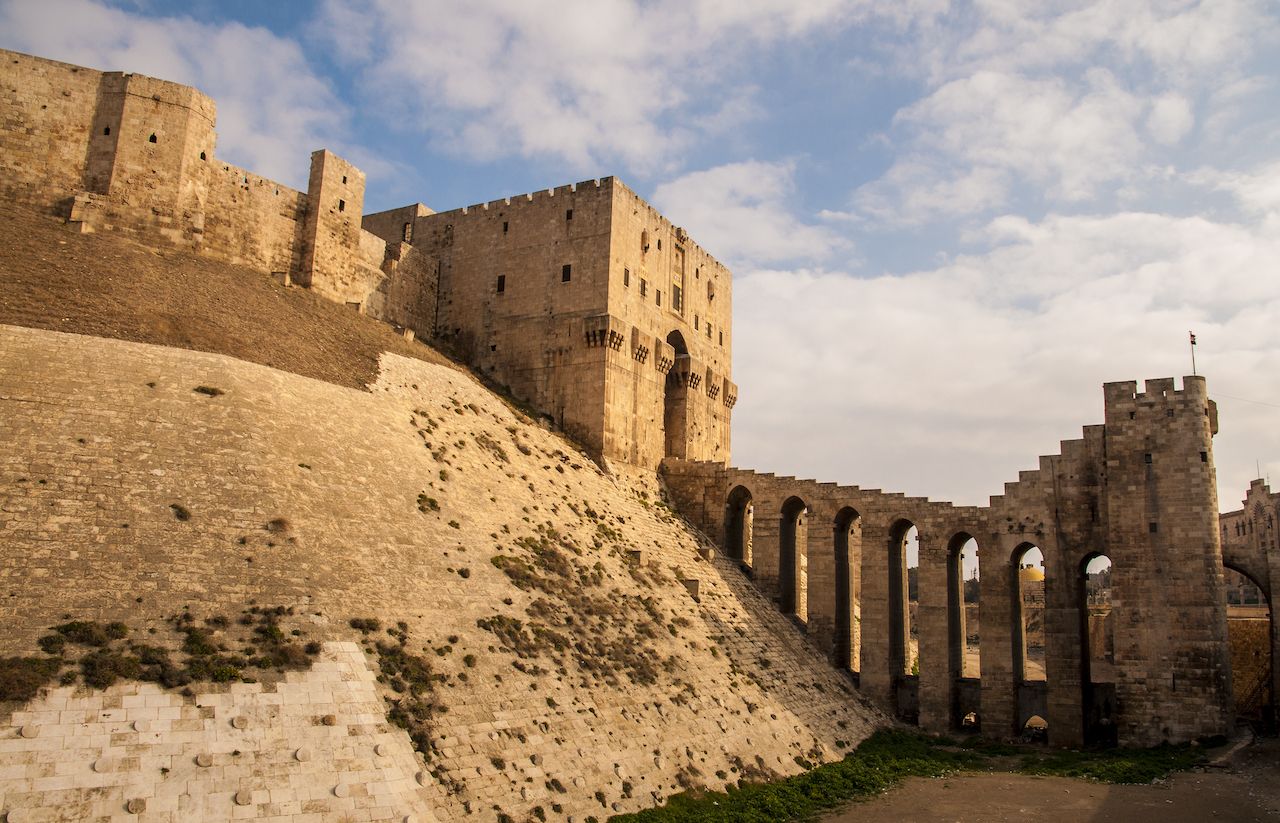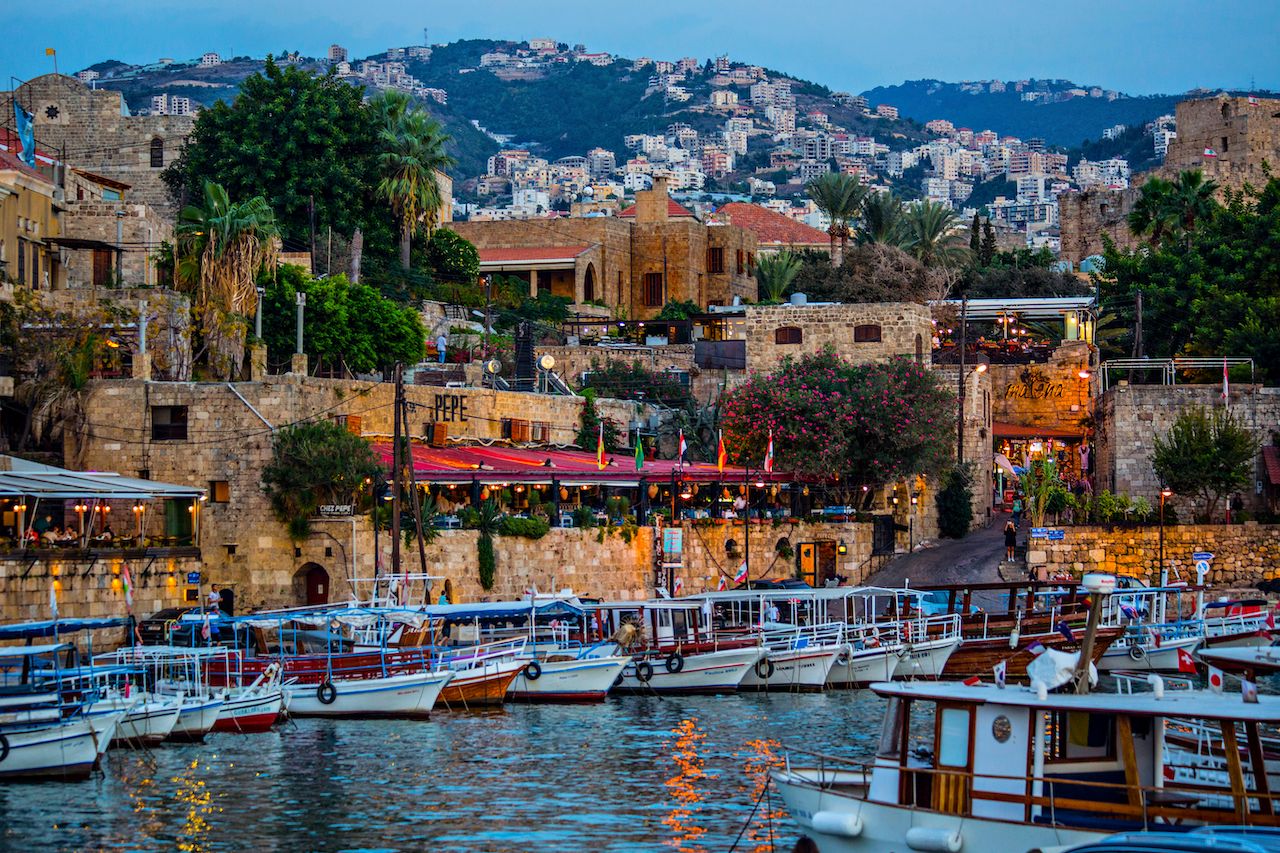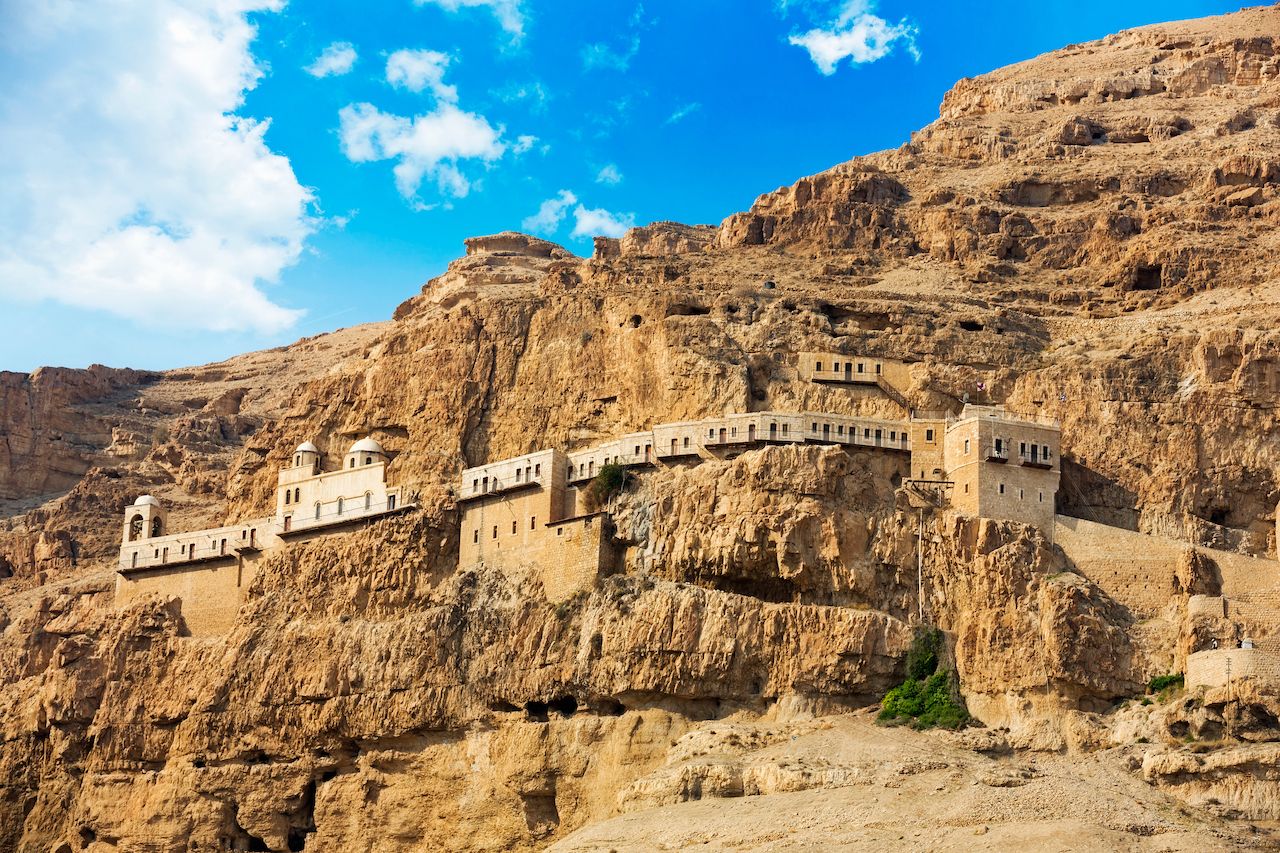There’s a certain aesthetic attached to the oldest cities in the world: bustling souks beneath a bright blue sky, flowing garments made of whispery white cotton, stone masonry painted yellow by the sun.
In reality, however, the oldest cities in the world have faced deep unrest throughout their long histories. Tragically, some are still uninhabitable. The Syrian town of Aleppo, for example, is likely the oldest continuously inhabited city in the world but rages with civil war today. Damascus too is categorically off limits.
That’s not to say the ideal is lost. Some of the oldest cities in the world are flourishing. Places like Plovdiv in Bulgaria have adapted to modern society while preserving the beauty of times long past.
We examine below both sets of cities: those that flourish and those that still fight.



